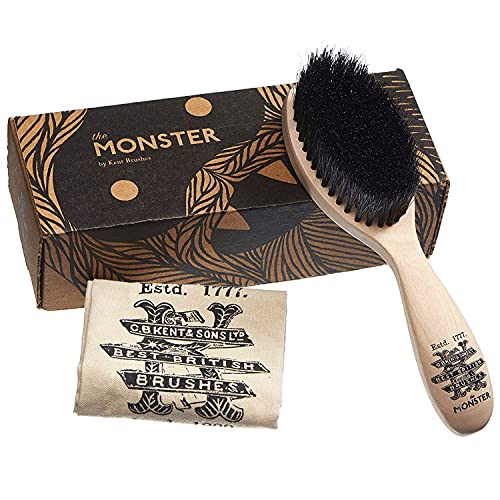wildhorses
Well-Known Member
- Joined
- Aug 17, 2003
- Messages
- 150
- Reaction score
- 0
After many years of pasture breeding, I have decided to try hand breeding. My numbers are down to a more manageable amount to try to hand breed. But I am just used to throwing the stallions out into the pasture and letting them do their business!
Can someone explain to me the pattern of the heat cycle? How many days in between heat cycles, how many days mares are in heat, how many days to breed during their cycle, how many days after foaling do they go through their foal heat cycle, etc?
Any help would be greatly appreciated! Thanks!
Can someone explain to me the pattern of the heat cycle? How many days in between heat cycles, how many days mares are in heat, how many days to breed during their cycle, how many days after foaling do they go through their foal heat cycle, etc?
Any help would be greatly appreciated! Thanks!



















































